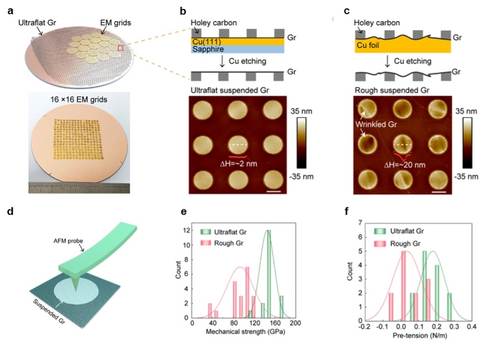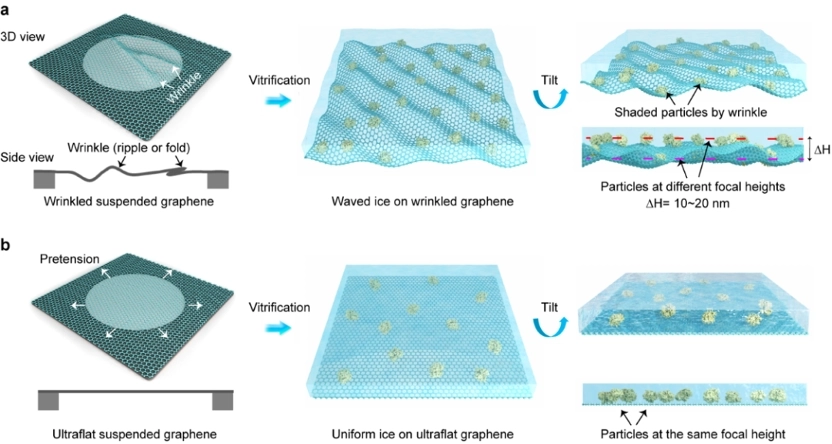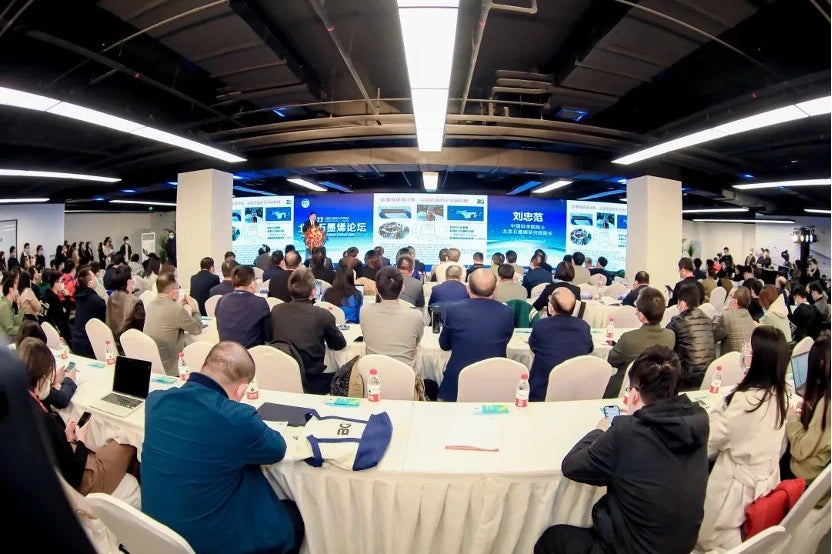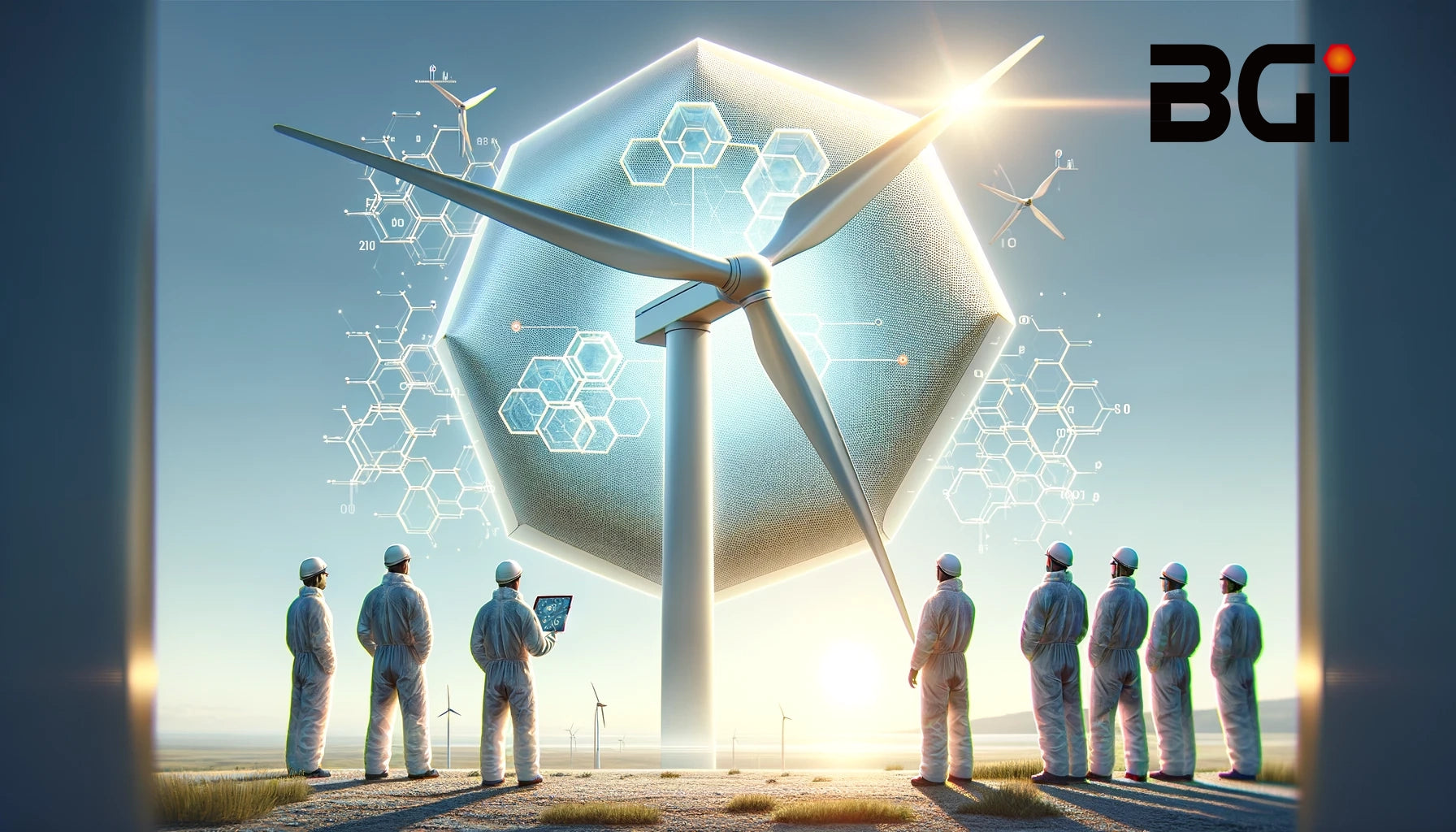In a groundbreaking study recently published in Nature Methods, the collaborative research team led by Professor Peng Hailin from the Beijing Graphene Institute (BGI), along with peers from the Tsinghua University School of Life Sciences and the Peking University College of Engineering, has introduced an innovative solution that promises to transform the field of cryo-electron microscopy (cryo-EM).
The study, titled "Uniform thin ice on ultraflat graphene for high-resolution cryo-EM," presents a novel ultraflat graphene microscope grid. This cutting-edge development successfully addresses the longstanding challenge of preparing uniformly thin ice layers for high-resolution cryo-EM characterization. The team's breakthrough demonstrates that the ultraflat graphene combined with a uniform thin ice supporting film significantly enhances the imaging quality and efficiency in cryo-EM, enabling high-resolution three-dimensional reconstruction of various small proteins (with molecular weights under 70 kDa).

This significant achievement not only marks a milestone in the advancement of cryo-electron microscopy but also sets a new standard for the detailed study of molecular structures at nanoscale. The integration of ultraflat graphene with thin ice films opens up new possibilities for researchers in the fields of structural biology, materials science, and beyond, offering unprecedented clarity and detail in imaging the building blocks of life and materials at the atomic level.

Stay tuned to our website for further updates on how this innovative technology is paving the way for future discoveries and enhancing our understanding of the microscopic world.





Leave a comment
All comments are moderated before being published.
This site is protected by hCaptcha and the hCaptcha Privacy Policy and Terms of Service apply.